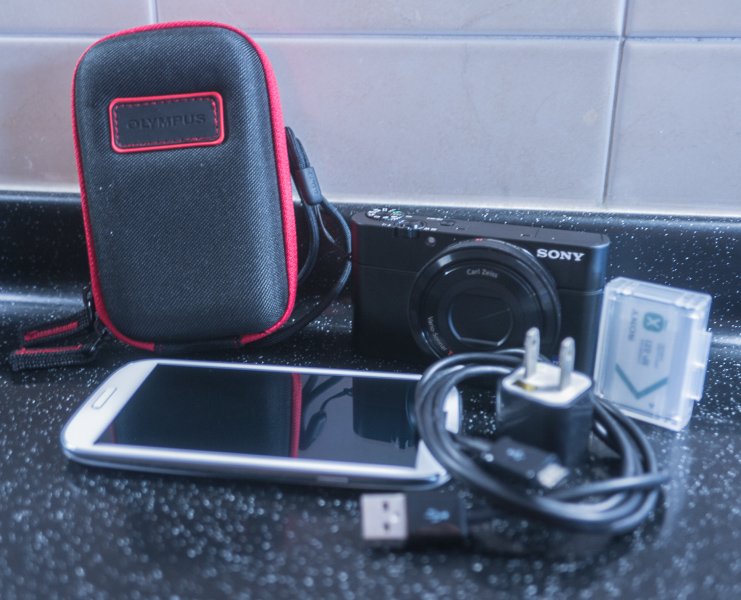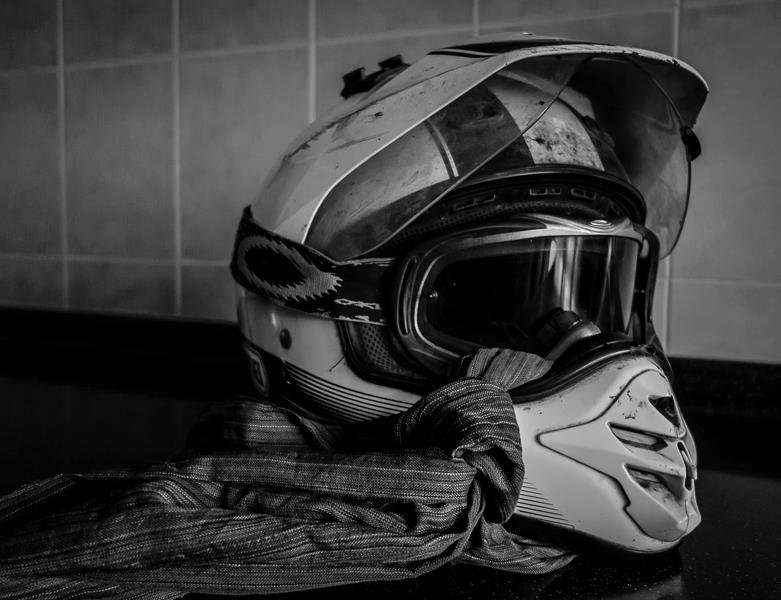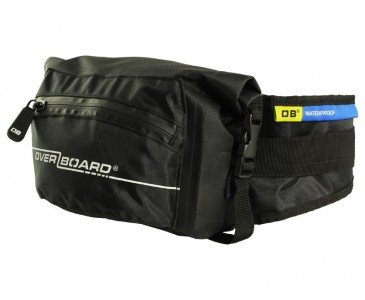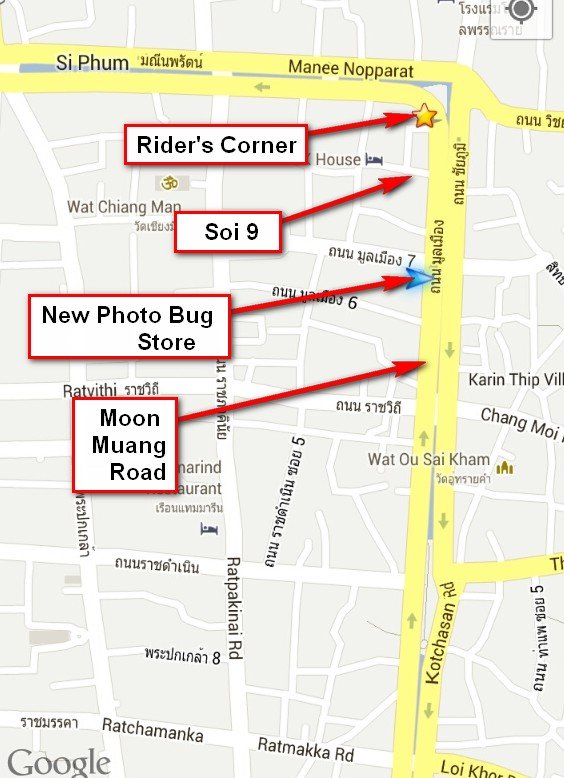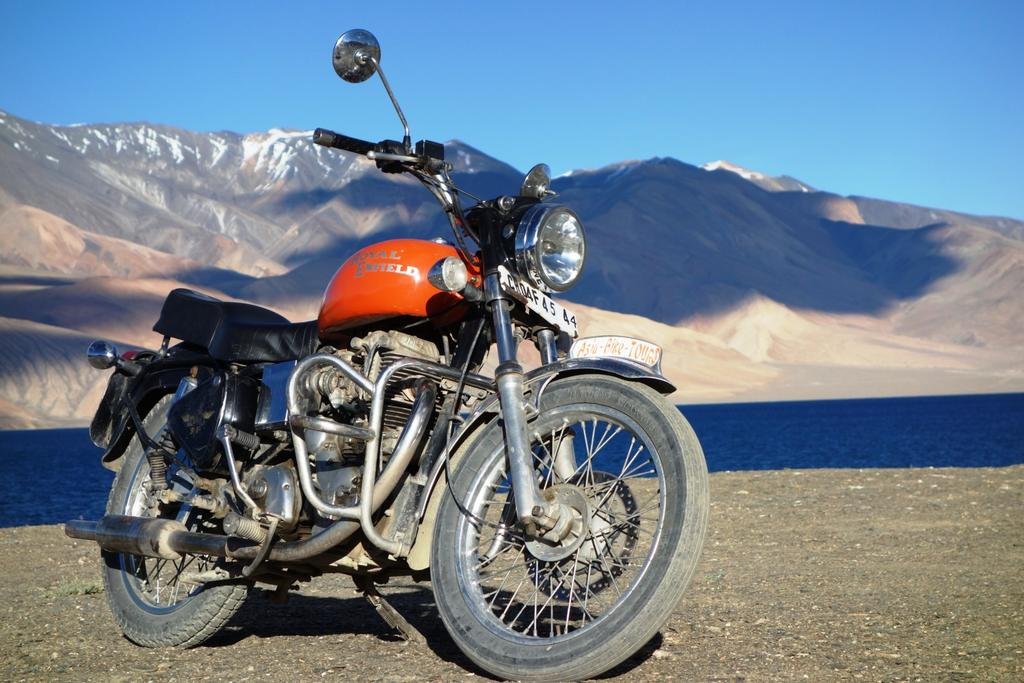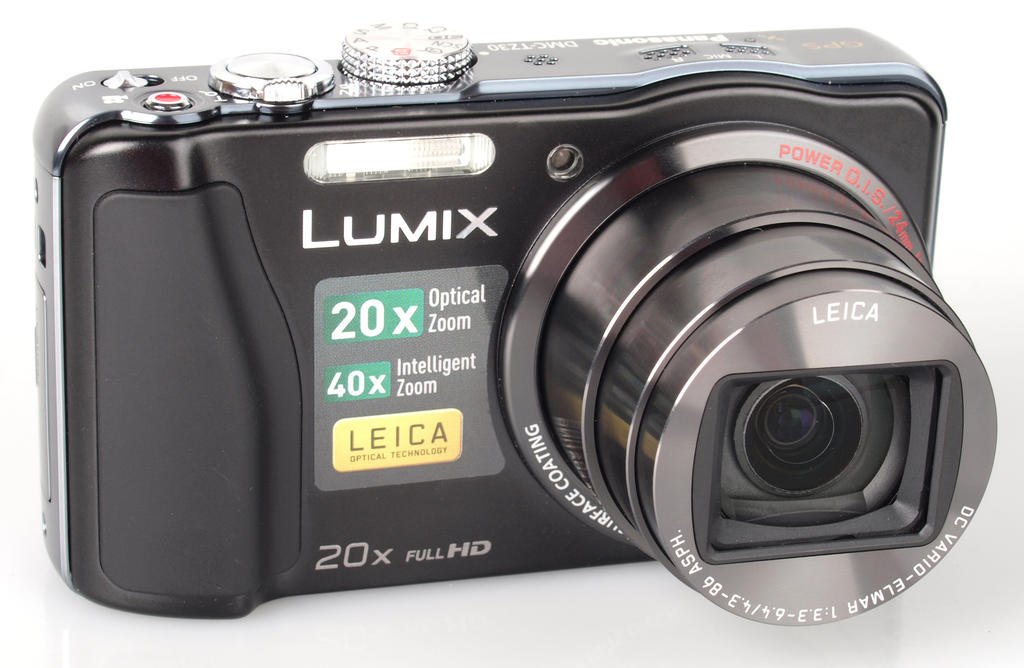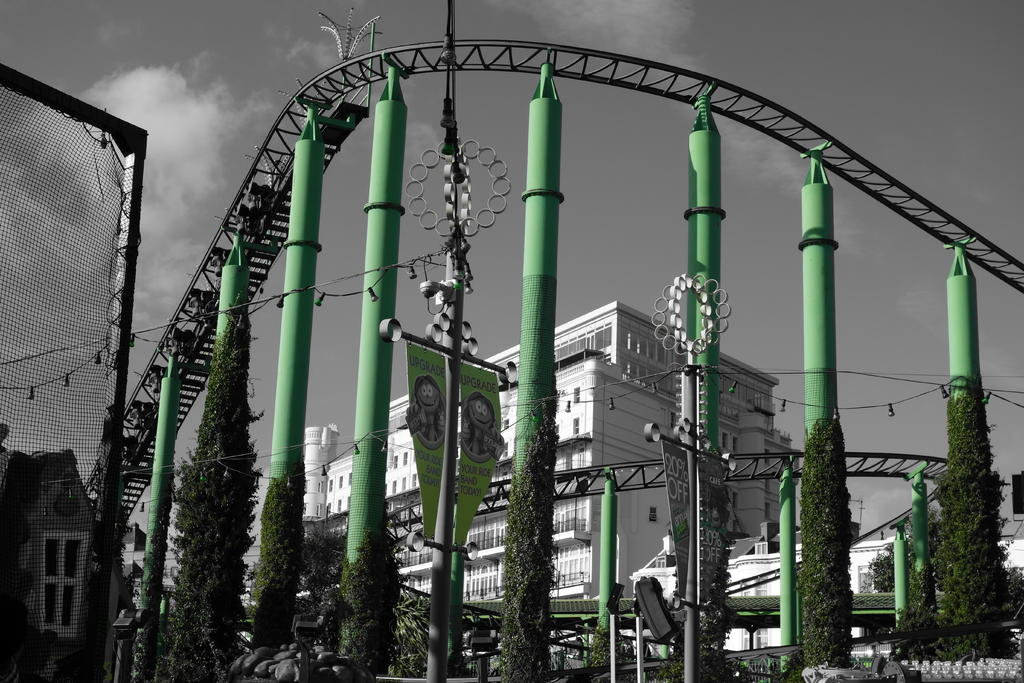Leica M 240 now released
Really want to treat yourself? The new Leica M has just been released, in black USD$ 6,495 (but it's a work of art)!
Order here:
Leica M Digital Rangefinder Camera (Black) 10770 B&H Photo Video
"In that respect, the M 240 delivers on a level that's at least one, if not two, complete generations ahead of the M9; it finally feels like the M system has come of maturity into the digital age. Unlike the earlier digital Ms, the camera no longer feels like the limiting factor- barring startup delays - it really does feel like the time when Nikon went full frame all over again.
...
I am as impressed with the image quality as I am with how much difference all of the little changes make towards overall usability. Yes, there are still things to be improved - ergonomics (that damn right strap lug!), microphone placement, EVF behaviour, colour - but for the most part, the M 240 shows Leica are firmly back in the game."
Update - Jonathan Slack
also published his review of the Leica M:
"I think it's a total success. The M8 and M9 were excellent cameras - with much to love and excellent Image Quality. The new M is a joy - the ergonomics are subtly improved, the general responsiveness and speed is a real revelation. Of course, it isn't perfect, (which camera is?), but if you want to catch decisive moments with lovely lenses and a delightful camera then, for me, for now, this is it."
The
M Digital Rangefinder Camera (Black) from
Leica is a compact full-frame (24 x 36mm sensor) digital camera. As part of the Leica M-series, it is directly compatible with Leica M-series lenses and by utilizing the Leica R-adapter, is compatible with Leica R-series lenses. The Leica Max 24MP CMOS sensor and Leica Maestro Image Processor were developed together at Leica and produce richly detailed, low-noise images. The integrated imaging electronics provide particularly fast start-up and response times and the powerful image processor consumes minimal power while offering high speed performance. In combination with the new Lithium-ion battery, this allows for long battery life on a single charge.
The Leica M offers both rangefinder focusing through the optical viewfinder and Live View focusing and preview on the 3.0" LCD or an optional electronic viewfinder. The rangefinder provides fast and clear focusing with LED settings and the Live View offers Live View Zoom which magnifies the image 10x for precise focus and Live View Focus Peaking which displays a red contour highlighting on the image for accurate focus assessment.
The Leica M is also the first M series camera to offer Full HD 1080p video. Shoot videos with the "Leica Look" using any Leica M or R mount lens and preview and playback on the 3.0" 920,00-dot LCD or an optional electronic viewfinder. Shoot your videos in Live View mode to see them exactly as they will appear. A dedicated button will activate video mode in just one touch and manual exposure control allows for custom video capture. An optional microphone adapter set will record stereo audio with your videos.
A dual type focal plane shutter controls exposure and a new ergonomic design places buttons and dials in convenient locations on the camera body. An intuitive menu design offers a clear overview of all camera settings and user profiles can save personalized settings for easy set-up. Leica cameras are built to last and the M features a one piece full-metal body with solid brass top and base plates. Rubber seals protect against moisture and dust and the LCD monitor screen is made of scratch-resistant Corning 'Gorilla' glass.
The Leica M brings together 50 years of rangefinder design experience with state-of-the-art digital technology and an array of precise, compatible lenses to create an innovative, versatile and durable digital camera system that will provide high quality still and video images over a lifetime of use.
24MP CMOS Sensor A newly designed high-resolution, 24MP CMOS sensor in full 35mm format provides top-notch image quality. Its intelligent design and flat pixel architecture enables each individual pixel to gather a particularly large amount of light. This results in images of superior sharpness and maximum resolution. The new M delivers extremely low-noise and richly detailed images, even at higher sensitivities of up to ISO 6400. Leica Maestro Image Processor In conjunction with the new sensor, the Leica Maestro processor provides fast image-processing speed. The energy-efficient imaging electronics of the processor and sensor equals improved lasting power for a single charge of the Leica M's new 1800 mAh lithium-ion battery.


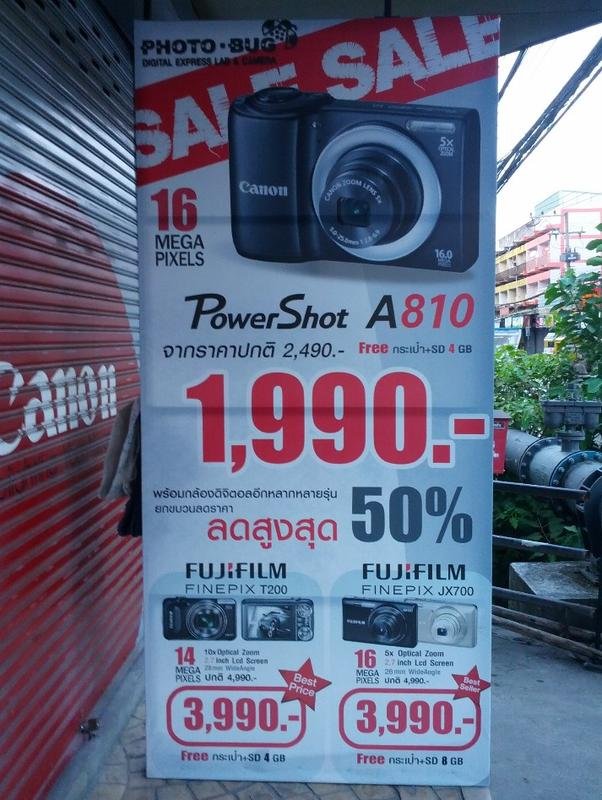
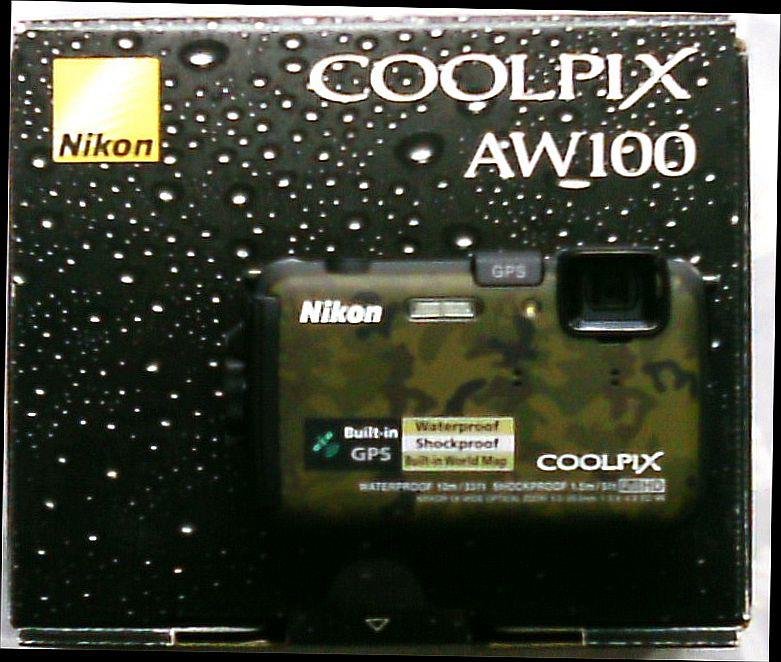

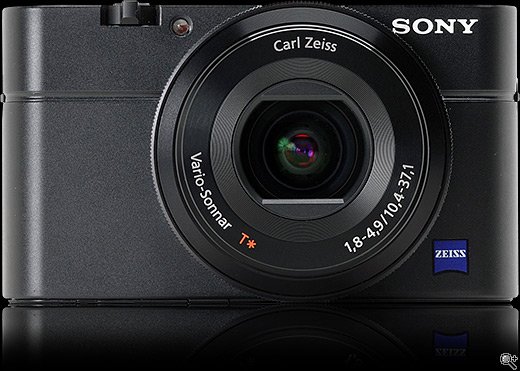
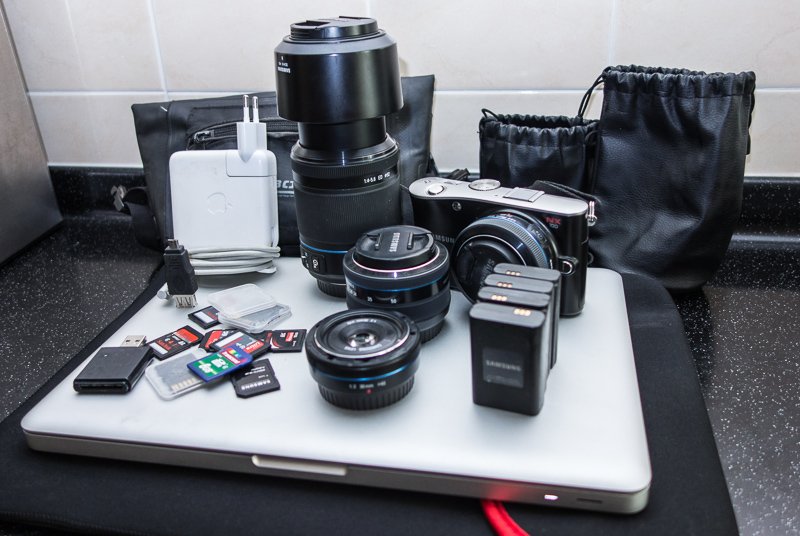
 )
)